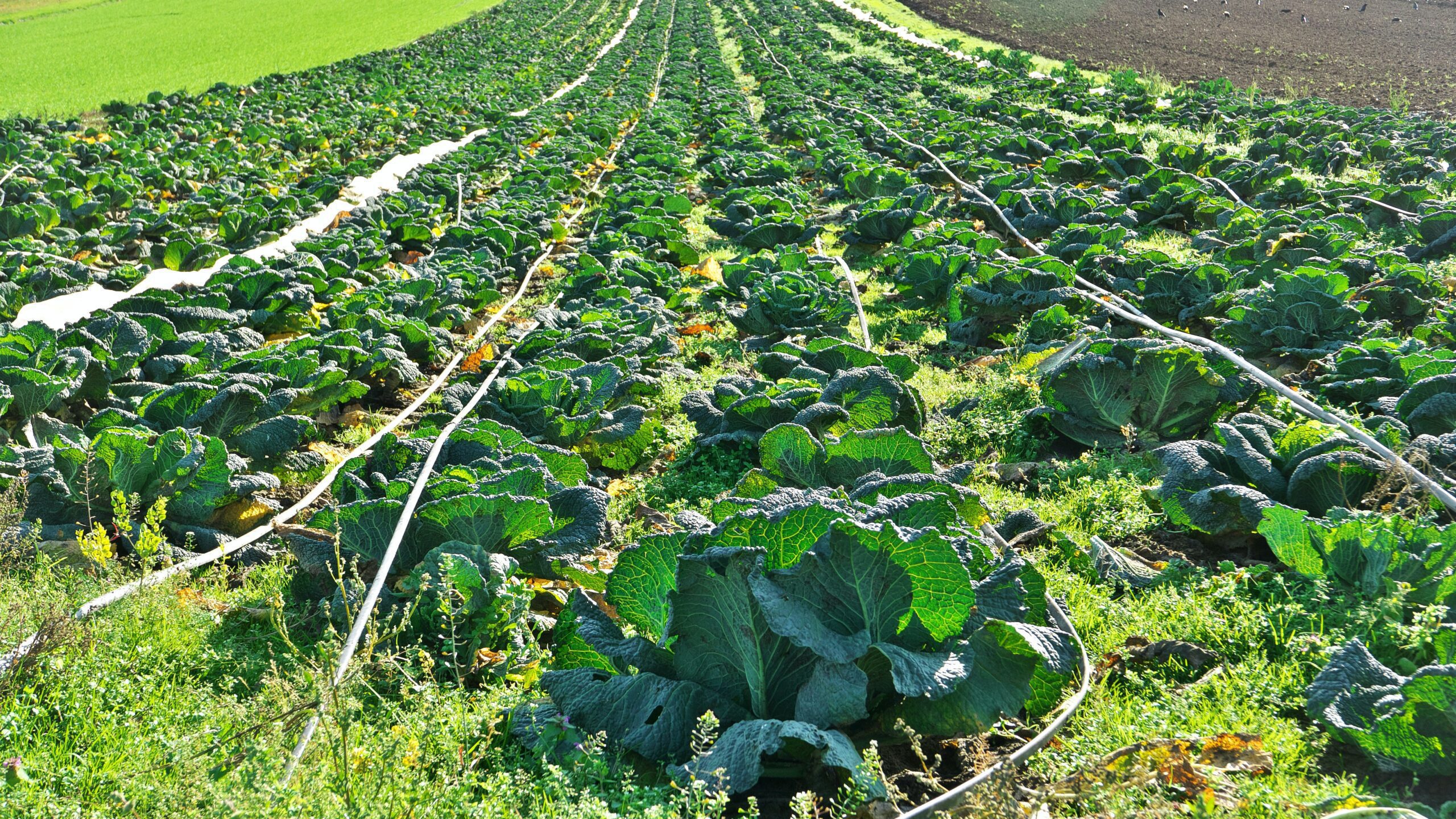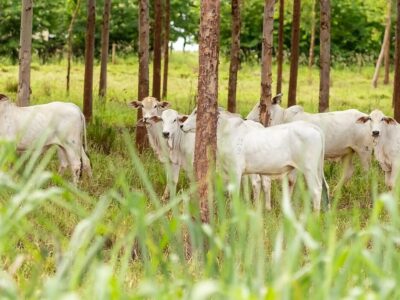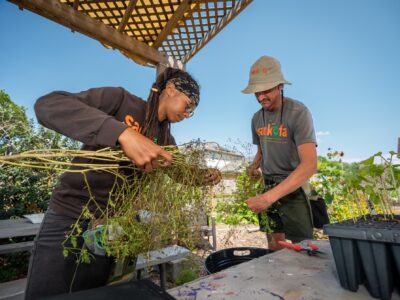Farming might be the most widely misunderstood of all major industries in the U.S. In metro areas, it wouldn’t be difficult to pull off a Jay Leno-esque “man on the street” segment full of dangerously misconstrued opinions on aspects of the agricultural process. People often quickly fall for a stereotype of farmers as uneducated back-country folk.
In reality, farmers today are a lot like Lowell King, an owner of around 800 acres just outside the town of Fruita, CO. Though many of the core tenets of traditional farming remain true —waking up early and a high tolerance for hard, physical work — King represents a more modern era of a farmer. This new version is data-driven, adaptable, and, most importantly, exceptionally talented at creating more with less.
Knowing the science behind it all is extremely important, but everything at the end of the day boils down to the interaction between the sun, the soil, and the water. “We’ve got all this sunshine every day,” says King. “Any time there’s bare soil or plants aren’t growing, it’s basically wasted energy.” Understanding how each of these three ingredients impacts one another and how to use the sun’s infinite supply to make the most out of finite amounts of soil and water is what separates the good farmer from the bad.
At the center of this new-era philosophy is an emphasis on regenerative agriculture. The thinking is by prioritizing soil health above all else, the rest of the pieces will fall into place.
Nutrient-rich soil products lead to a higher quality crop, which means a healthier general public and more money in the farmer’s pockets. This process takes place through two crucial techniques that break from centuries of tradition:
- An emphasis on planting cover crops, so excess carbon is retained in the soil instead of being dispersed into the atmosphere; and
- Refusing to till one’s field unless absolutely necessary due to the disruptive impact tilling has on the active root systems and existing organic life within the soil.
One of the more salient benefits of regenerative farming — its ability to use water far more efficiently per acre — will be all the more critical as we look forward to Colorado’s water situation in the decades to come.
A lack of natural freshwater stores means the state has historically relied on rainwater for most of its needs.
Precipitation hasn’t come with the same frequency in recent years, and the state’s reservoir system has gone from 95% full in the year 2000 to under 40% today. A solution will need to be found soon, and regenerative farming’s ability to use 27,000 fewer gallons of water per acre for every 1% increase in soil organic matter provides an available option.





